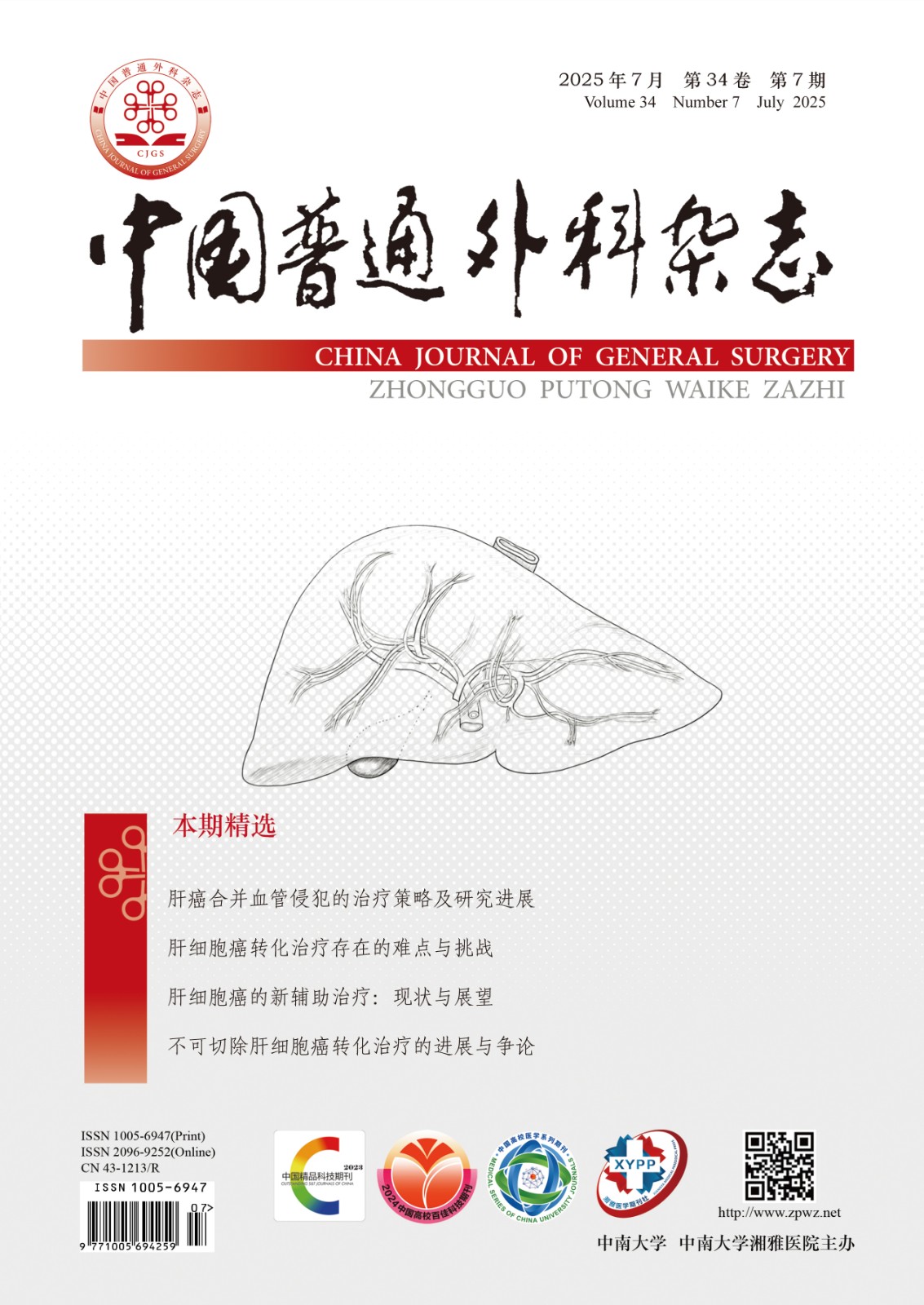Abstract:Objective: To investigate the clinical efficacy of laparoscopic radiofrequency ablation (LRFA) in treatment of small primary hepatocellular carcinoma (HCC).
Methods: The clinical data of 30 patients with small HCC undergoing LRFA (LRFA group) during August 2011 to October 2013 along with 30 patients undergoing percutaneous radiofrequency ablation (PRFA, PRFA group) and 30 patients undergoing surgical resection for small HCC during the same period in the Second Affiliated Hospital of Nanchang University were retrospectively analyzed. The main clinical variables among the three groups of patients were compared.
Results: The preoperative data of the three groups of patients were comparable, and operations in all patients were successfully completed. After operation, the AFP levels in all the three groups were significantly decreased compared with their preoperative values (all P<0.05), while AFP levels showed no significant difference among the three groups (P>0.05); the liver function parameters in all the three groups were significantly increased compared with their preoperative values (all P<0.05), but their increasing amplitudes were greatest and recoveries were slowest in surgical resection group than those in the other two groups (all P<0.05). Both LRFA group and PRFA group were superior to surgical resection group in terms of operative time, intraoperative blood loss, perioperative complications and length of hospital stay (all P<0.05), while the operative time was longer and incidence of complications was lower in LRFA group than those in PRFA group (80.7 min vs. 45.2 min; 6.7% vs. 26.7%, both P<0.05). At one month after operation, rate of complete tumor removal in either LRFA group or surgical resection group was 100%, while in PRFA group was 86.7%, and the difference had statistical significance (P<0.05). The 3-year recurrence rates were 33.3%, 60% and 26.7%, the 3-year disease-free survival rates were 66.7%, 40.0% and 73.3%, and the 3-year overall survival rates were 86.7%, 76.7% and 90.0% for LRFA group, PRFA group and surgical resection group, respectively, where, the 3-year disease-free survival rate was lower and the 3-year recurrence rate was higher in PRFA group than those in the other two groups (all P<0.05), but they showed no significant difference between the latter groups (both P>0.05); there was no statistically significant difference in 3-year overall survival rate among the three groups (P=0.302).
Conclusion: For small HCC, LRFA has higher ablation rate than that of PRFA, and similar long-term efficacy to surgical resection, and meanwhile has advantages of minimal invasiveness and fast postoperative recovery. So, it can be used as one of the first treatment options for small HCC.

